
Trust me, installing Ubuntu in dual boot with Windows is not that difficult a task. Similarly, removing Ubuntu from dual boot is also not that complicated.
In both cases, you need to take a bit of precautions with disk partitions. Having a Windows recovery and proper backups always helps.
In this tutorial, I am going to show you the steps for uninstalling Ubuntu from Windows dual boot. The steps should be equally valid for any other Linux distribution be it Linux Mint, Debian, Fedora, Arch etc.
Uninstall Ubuntu safely from Windows dual boot mode
The process is composed of two parts:
- Change the boot order in UEFI settings and give priority to Windows Boot Manager. You may also delete Grub entry from UEFI setting, if your system gives you this option. If that doesn’t work then you’ll have to repair boot with a bootable Windows disk.
- Deleting the Ubuntu partition from Windows.
As a last resort, you need to have a bootable Windows disk or recovery disk so that you can use it to repair the boot after removing Ubuntu (if needed).
Part 1: Run a sanity check and make Windows the default boot manager
I want you to have as few troubles as possible. Hence I recommend changing the boot setting and making Windows boot manager as the default option to boot.
Let me explain a bit here. When you install Ubuntu or some other Linux, it adds Grub bootloader to your boot settings and makes it the default.
So, now your system has two boot loaders or boot manager (whatever you want to call it). Grub gives you option to boot into Ubuntu or Windows.
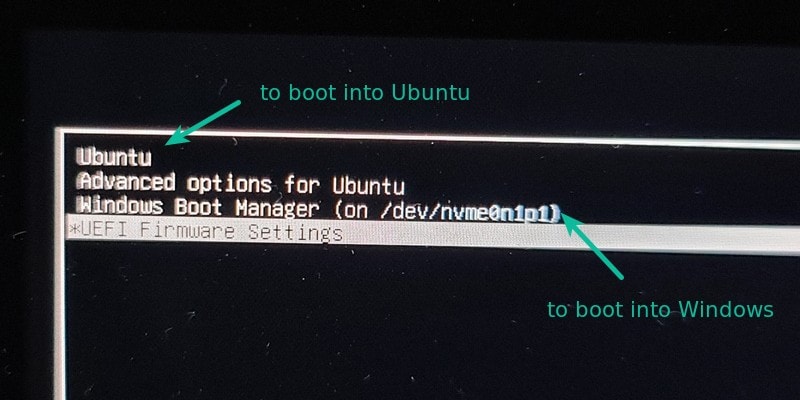
Windows boot manager lets you boot into Windows directly. And this is what you are going to use here.
Step 1: Access UEFI boot settings
Before you go on and delete the Linux partition, it will be a wise move to check if you can make Windows boot manager as the default boot option. This way, when you remove Linux, your boot process won’t be disturbed.
Access the UEFI settings from Windows. Search for UEFI and go to Change advanced startup options:
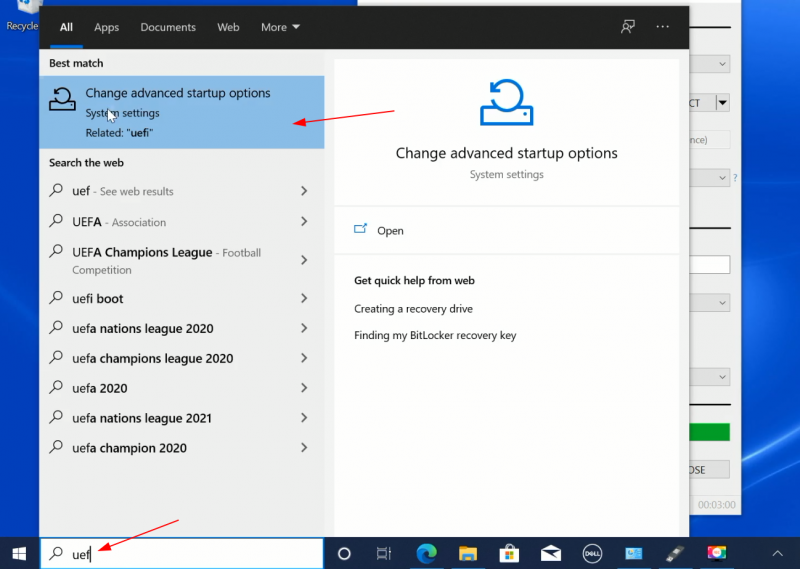
Click on Restart now:
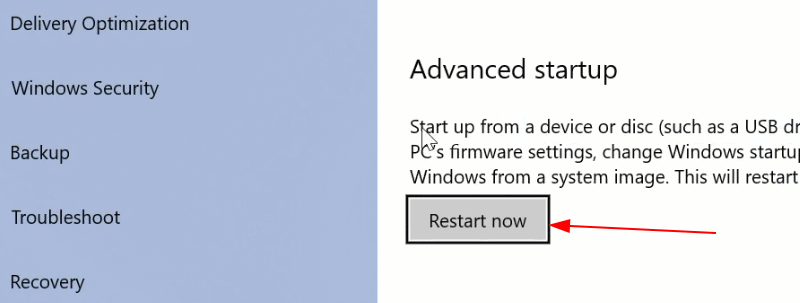
On the blue screen next, select Troubleshoot:

Select Advanced Options next:
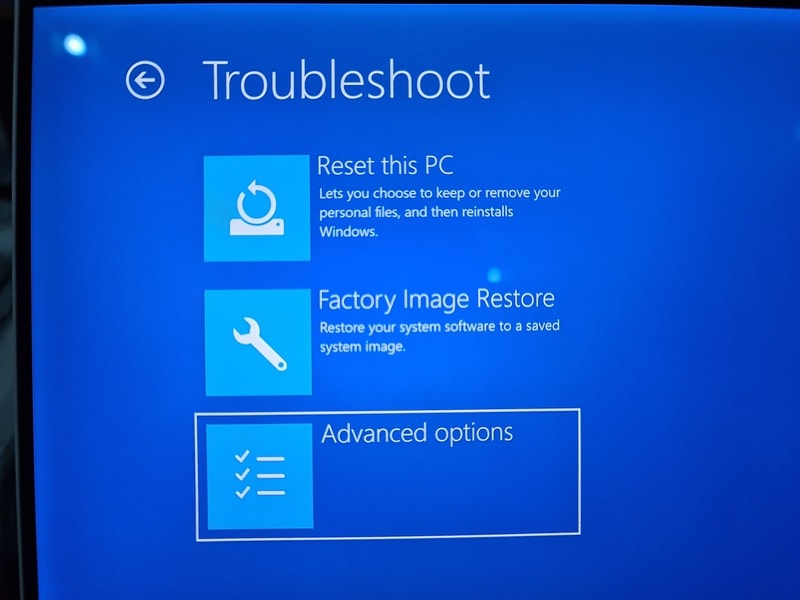
On the next screen, select UEFI Firmware Settings:
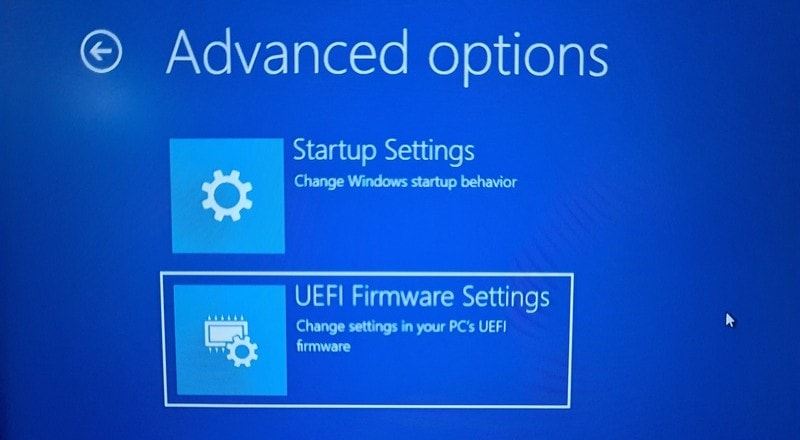
Hit restart button on the next screen:

Step 2: Move Windows Boot Manager up the boot order
Now, your system will boot into UEFI settings. Now, the next screen will look different for different systems and manufacturers. You have to look for boot tab here.
On my Acer predator, it looks like the image below. Here, use arrow keys to select Windows Boot Manager and press F5 to move it up the order. Press F10 to save and exit.
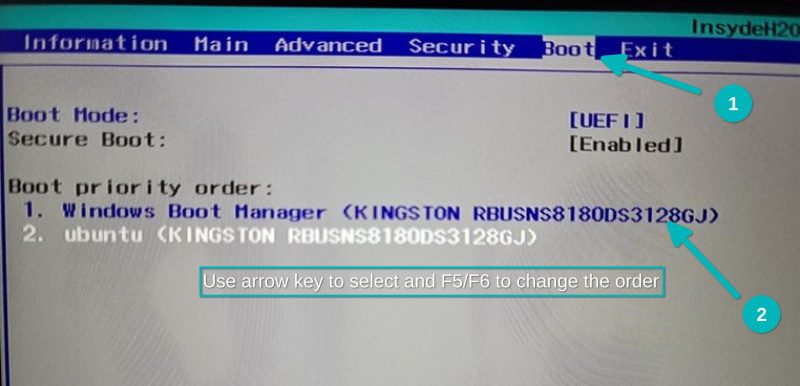
Now, your system should boot straight into Windows. To verify, restart your system a couple of times and see if the system boots into Windows without showing the grub screen of Linux.
If that happens, you are good to go with the next step: delete the Linux partition and reclaim your disk space.
Part 2: Deleting Linux partition on Windows
Let’s see how to delete the Linux partition and extend your Windows disk with available free space afterwards.
Step 1: Go to disk management
Log into Windows. Press Windows+R and type diskmgmt.msc into the dialog box. This will open the Windows disk management tool.
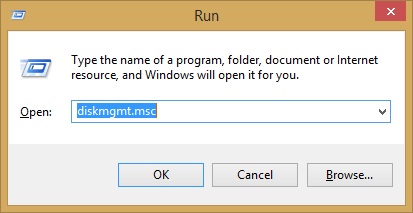
Step 2: Identify Linux partition
Since you installed Linux, it’ll be easy to recognize the Linux partition by size.
As you can see, I have three Linux partitions here as I created root, swap and home separately when I installed Ubuntu.
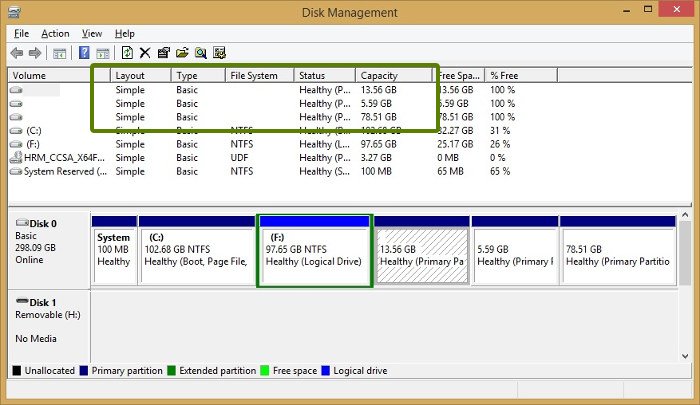
Step 3: Delete the Linux partition
Select the Linux partition(s), right-click on them and opt for the Delete Volume option.
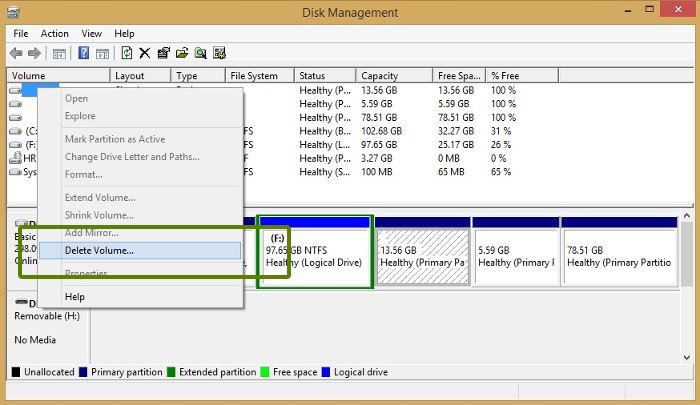
It will throw you a warning – just select Yes here.
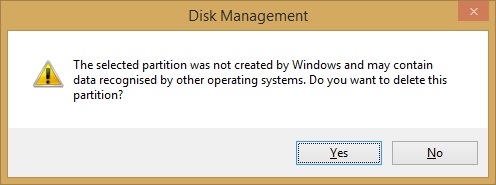
Step 4: Extend Windows partition
The deleted partition(s) will now be available as a chunk of free space. You can either extend the existing volume or create a new Windows partition from it.
I would suggest that you create a new drive (or volume or partition, whatever you want to call it) as this will be easier if you decide to dual-boot Linux with Windows again.
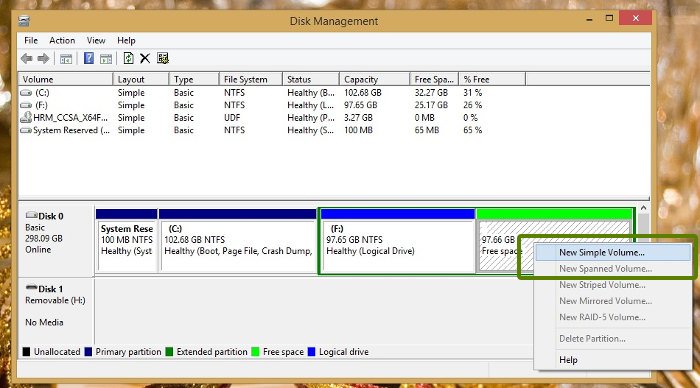
What about the Ubuntu entry in the boot menu?
You moved Windows boot manager up the boot order and now the system boots from it. Even though you removed Ubuntu's partition, the boot menu will still show it. That's because the boot entries are stored on the EFI system partition (ESP).
You may leave it as it is and it won't be an issue. But if you really want, you can get rid of the Ubuntu entry from the boot menu with a little effort.
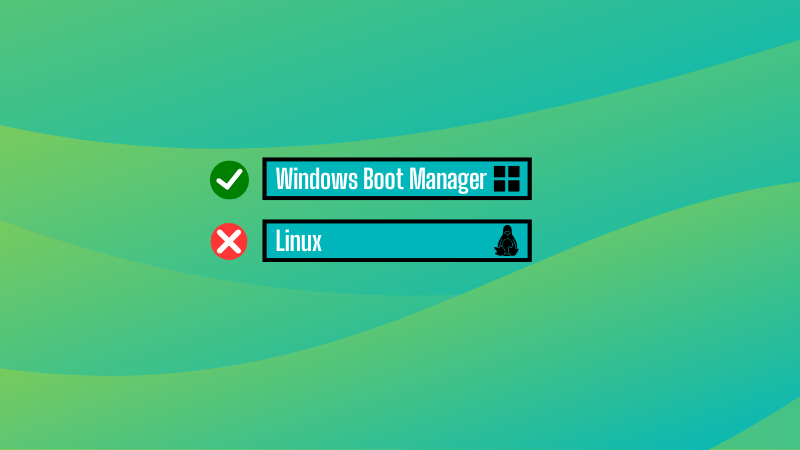
Troubleshooting tips to fix the Windows boot loader
After deleting the Linux partition, if your system boots into a broken Grub screen which shows a message like Grub rescue error, you need to use a Windows recovery disk and fix the Windows bootloader.
Put in the Windows installation disk and restart your computer. Press F10 or F12 at boot time to go into BIOS/UEFI and choose to boot from removable disk.
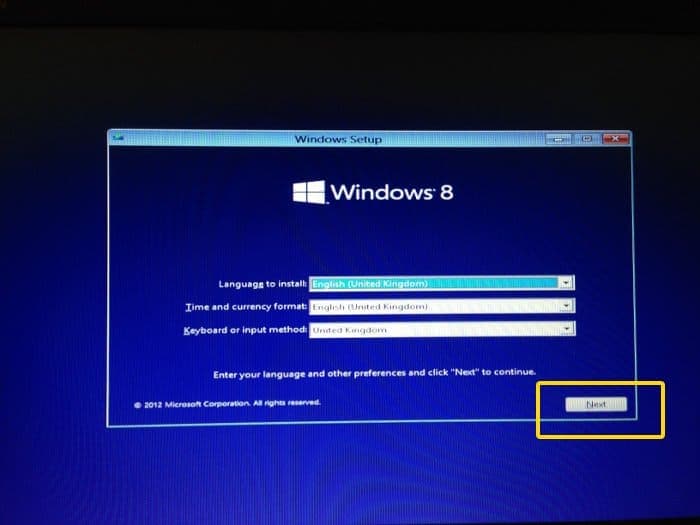
Choose to repair your computer:
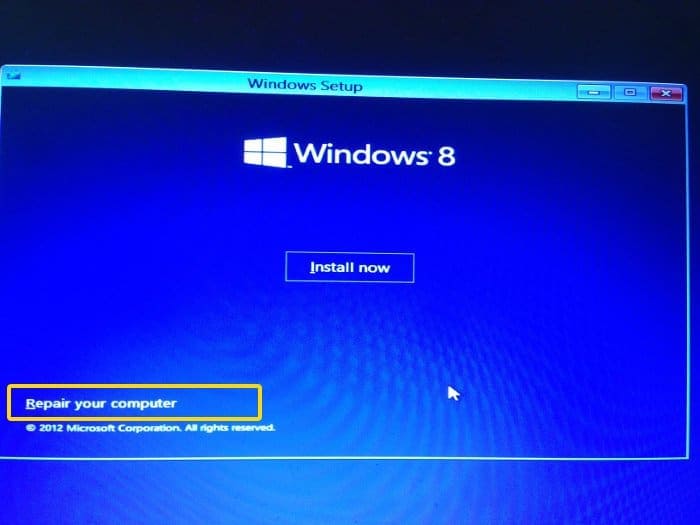
Go for the Troubleshoot option here:
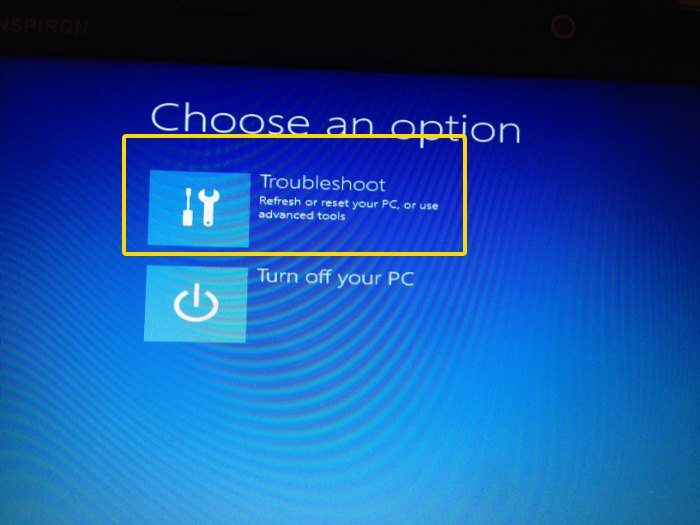
On the troubleshooting page, choose Advanced options:

Look for the command prompt option in here:
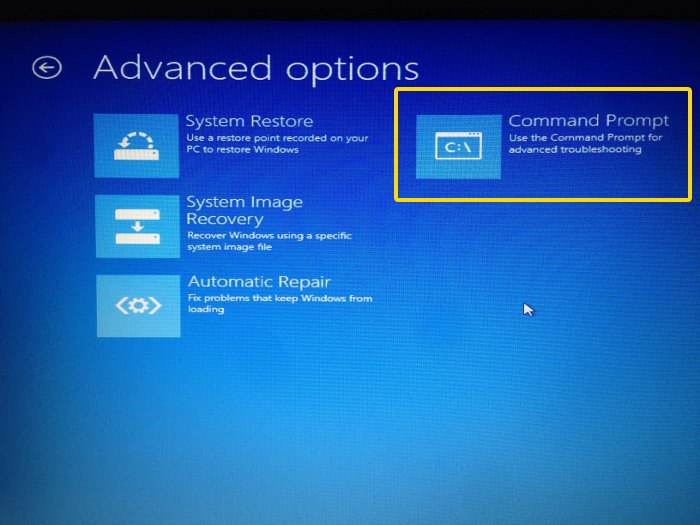
In the command line, type the following command to fix the Windows boot loader:
bootrec.exe /fixmbrNormally, it works instantly. You don’t even have to wait for it.
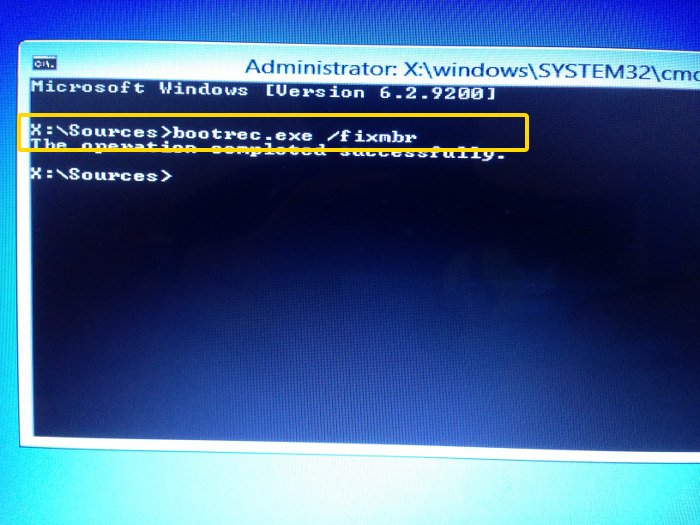
Once it’s done, restart your computer and boot normally from the hard disk. You should be able to boot into Windows. If you still see a Grub rescue error, try the steps below.
If the trick in step 6 didn’t work
If the command in step 6 didn’t work, try Automatic repair from the advanced troubleshooting options.
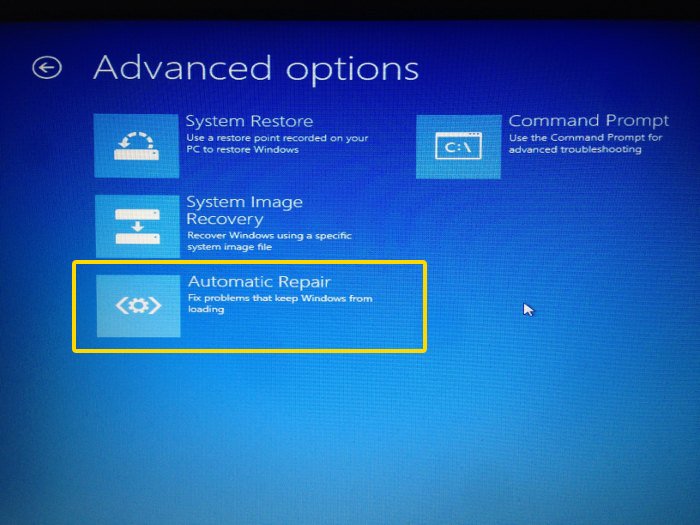
It will take some time to find the issue and then repair it.
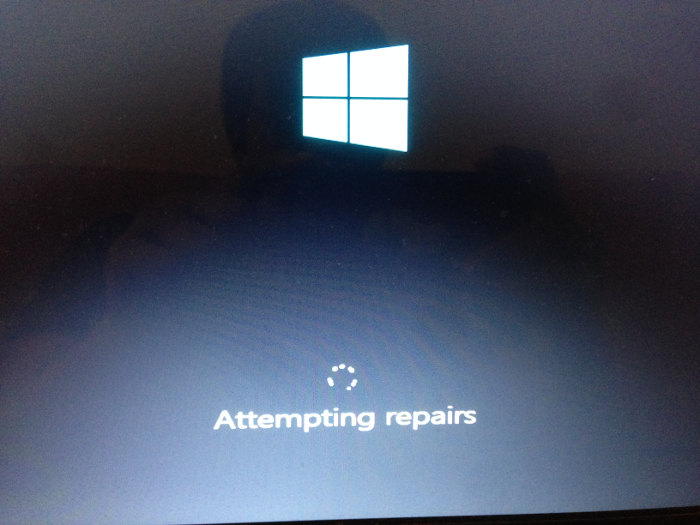
Now if you reboot, you should go into Windows normally without seeing any Grub rescue error thingy.
Conclusion
I hope this guide helped you safely remove Ubuntu from Windows dual boot. Feel free to ask any questions or make a suggestion.


